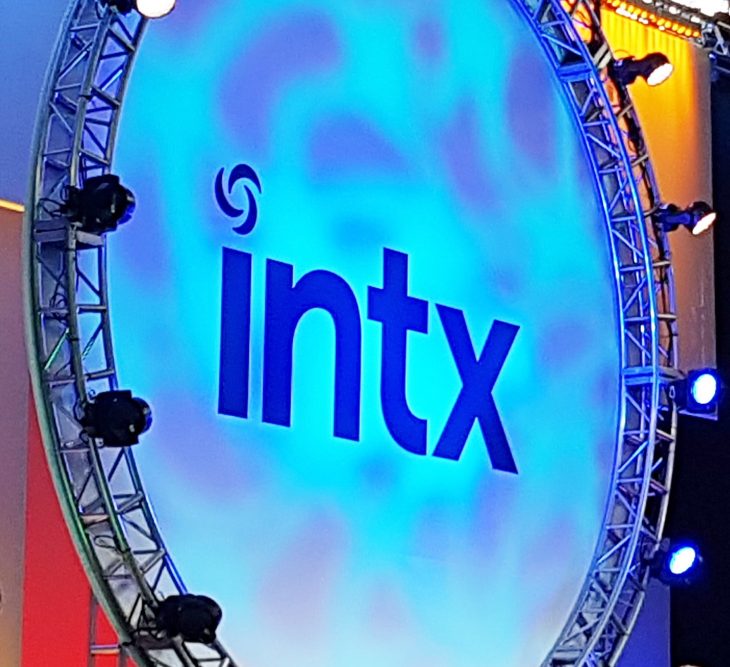
BOSTON – Bad news on the traditional TV front is not hard to find. Ad dollars have gone elsewhere as traditional pay TV subscriptions fall while media companies face new competition for eyeballs from a whole host of new viewing platforms and business models – which just continue to grow.
Of late, though, there are signs in the States that all is not lost, that companies with great content and strong connections to consumers can grow in the space. Comcast added both video and broadband customers at the strongest clip in eight years, for example, thanks largely to its Xfinity platform.
Scripps Networks Interactive, home of well-known TV brands such as Food Network, HGTV and DIY Network (all operated in Canada under license by Corus Entertainment), among others, is having an excellent year. Ad sales are way up and the company just finished its best quarter in the past five years.
The company’s senior vice-president of content distribution, Barbara Kalosieh, said the work her company has done to get its content on as many platforms as feasible – along with creating more programming that’s millennial-friendly, is paying off. She was speaking on a panel called “Now Leaving Normal” about the present and future of the traditional pay television model.
There is no one set way in which the company sells content. Sure, there are certain contract protocols that must be followed, but Scripps will sell their content to anyone “who is willing to play in the sandbox,” she said. “We have different business models with different folks” whether they are traditional carriers, OTT providers or SVOD clients.
The abiding principle is: “We’re following our viewers,” she said.
Even Dwayne Benefield, Sony Interactive’s head of PlayStation Vue (the game platform’s cloud-based TV service, only available in the U.S. now) said he knows TV is by no means in retreat. Business models and distribution platforms are surely changing now but, “this is not a massive defection from traditional television,” he said.
While carriers (MSOs, BDUs, MVPDs, or whatever acronym you like) have lost a substantial number of paying customers the industry still doesn’t wholly understand “where are those customers going and what’s really happening,” said SlingTV chief product officer Ben Weinberger. While they may be dropping a cable bill, they are still consuming tons of video. “They want great content and they’re willing to pay for it,” he said – but consumers want to do it at the time, place and on the device and network of their choosing – and the particular point in time in which they’re making a decision.
That’s not easy to accommodate, said the panelists, but it is something all are working towards.
The real noise, added Cox Communications EVP product development and management Steve Necessary, is coming from consumers’ wallets. What’s still unknown, as TV is made available in more places than ever (and growing every day), is “how the cost model will shake out from the consumer level,” he said. What hasn’t changed and “what won’t change” is the desire to be entertained by excellent TV shows and movies, he added.
Even with all the change, Scripps Kalosieh noted that 94% of all of her shows are watched live, or within three days of the air date – which to her says there is still loads of value in a 30-second TV spot.
However, all on the panel, including AT&T’s SVP strategy and business development Tony Goncalves, said advertising still needs more overhauling in terms of its structure (why 30 seconds? Why not 10 or 15?) and its personalization. AT&T does addressable advertising in the local avail time to its customer base and Goncalves added it works very well, especially with political, pharma and automotive ads. They serve Cadillac ads in certain postal codes and Chevy ads in others. “It works,” he said.
There remains tons of work to do, however, to make the customer viewing experience a ubiquitous one so that subscribers can take the content they’ve paid for everywhere, for viewing on anything. “There are still content gaps and we have to fill them,” added Goncalves, pointing to an example of how watching video on a handheld device “with multiple 30-second spots in a row” with fast-forward disabled “is not a very customer-friendly option.”
The amount people pay per month for their TV subscription then (about $65/month in the U.S.), “is a lot of money to pay for a broken experience,” said Benefield.
“We all want to be part of the emerging platforms,” added Kalosieh. “We just need to be wherever those viewers are.”




